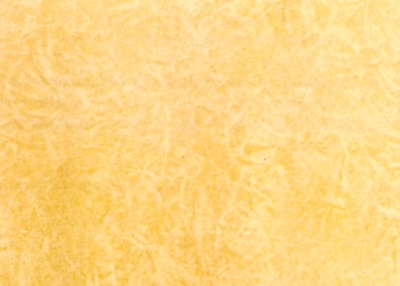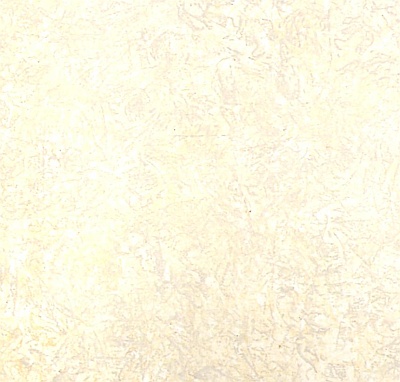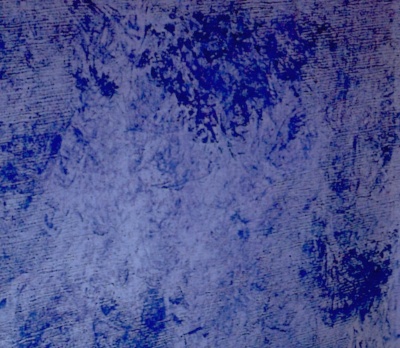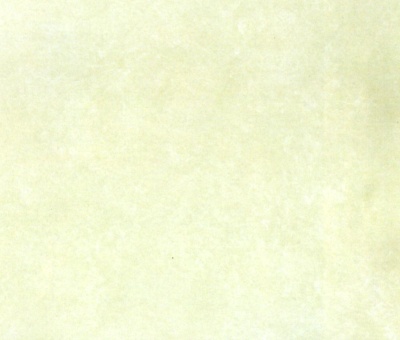What Paint Color Combinations Are Best for Faux Ragging Finishes?

Ragging finishes work best with related colors
Question:
What are the best paint/glaze color combinations for faux ragging finishes?Also, when rag painting, does the base coat has to be the lighter or darker of the colors?
Answer:
It's true that the key to successful ragging is in the color combinations of the base coat and colored glaze.The relationship between top-coat glaze color and the solid base-coat color can create vastly different effects when ragging on or off.
In traditional/classic ragging, a darker colored glaze is usually applied over a lighter colored base coat.

Plus, if using 2 or more different glazes, the lightest one should be applied first, and the darkest one, last.

There is a practical reason for working dark into light: dark glazes hold their color better than light glazes. That means light glazes have difficulty holding their own color when worked into a darker glaze.

But this doesn't mean that dark over light is the only correct approach. If you prefer a somewhat chalky, more open and airier look for your faux ragging finish, feel free to reverse the values of the colors, and use a lighter glaze on top of a darker base coat paint color.

It's also best to choose colors that are fairly close to each others. For example, you can rag yellow over a creamy white base, or dark blue over a light blue.

Soft colors over a white base will give the appearance of old walls. Dark colors over a lighter shade of the same color will add depth and create a dramatic, elegant effect.

Avoid mixing totally different colors - most likely, the combinations will look too sharp and dated.
And of course, always experiment on sample boards first before selecting the color combination to use on an entire wall or room.
Click here to ask your own question about rag painting.
|
||
|
||
|
||








